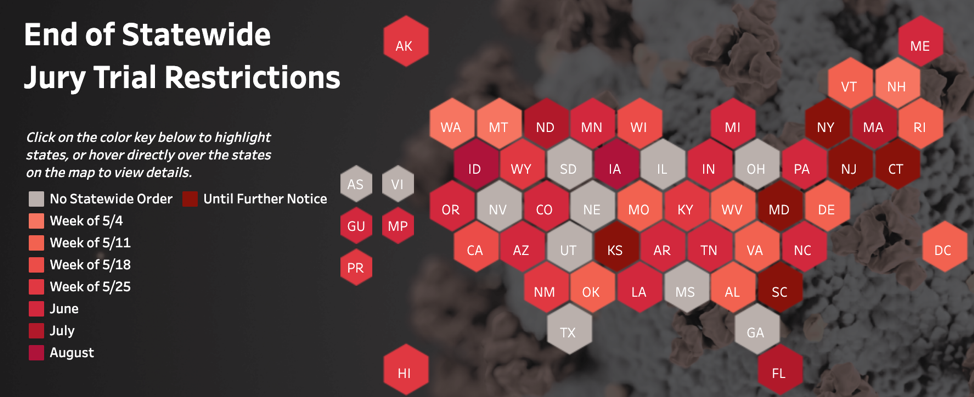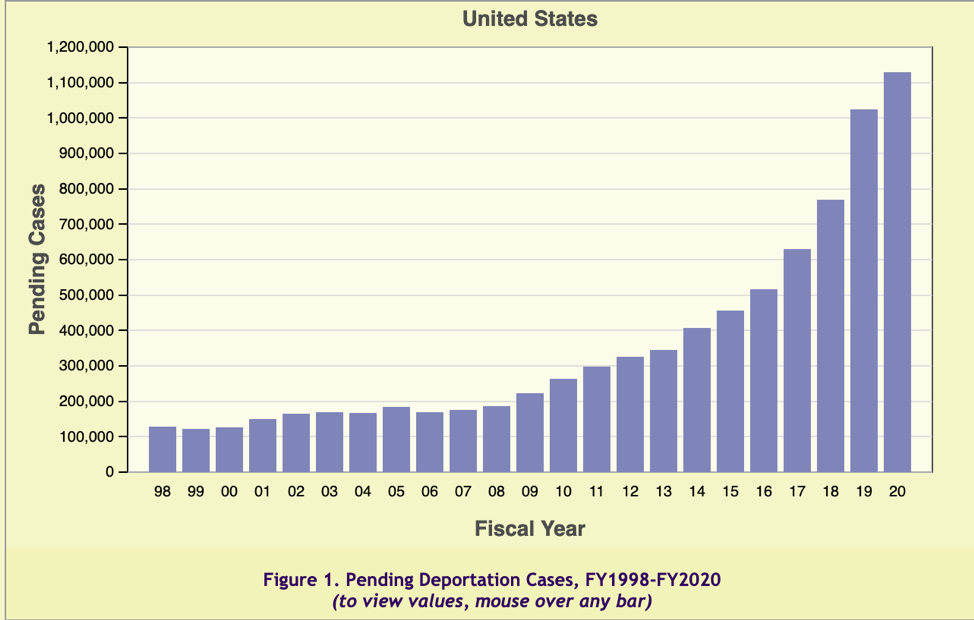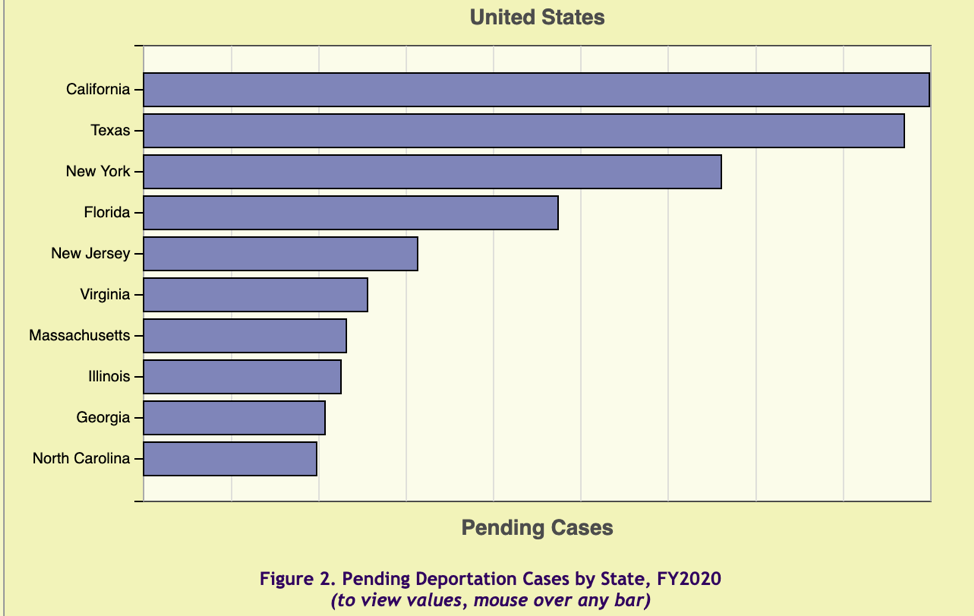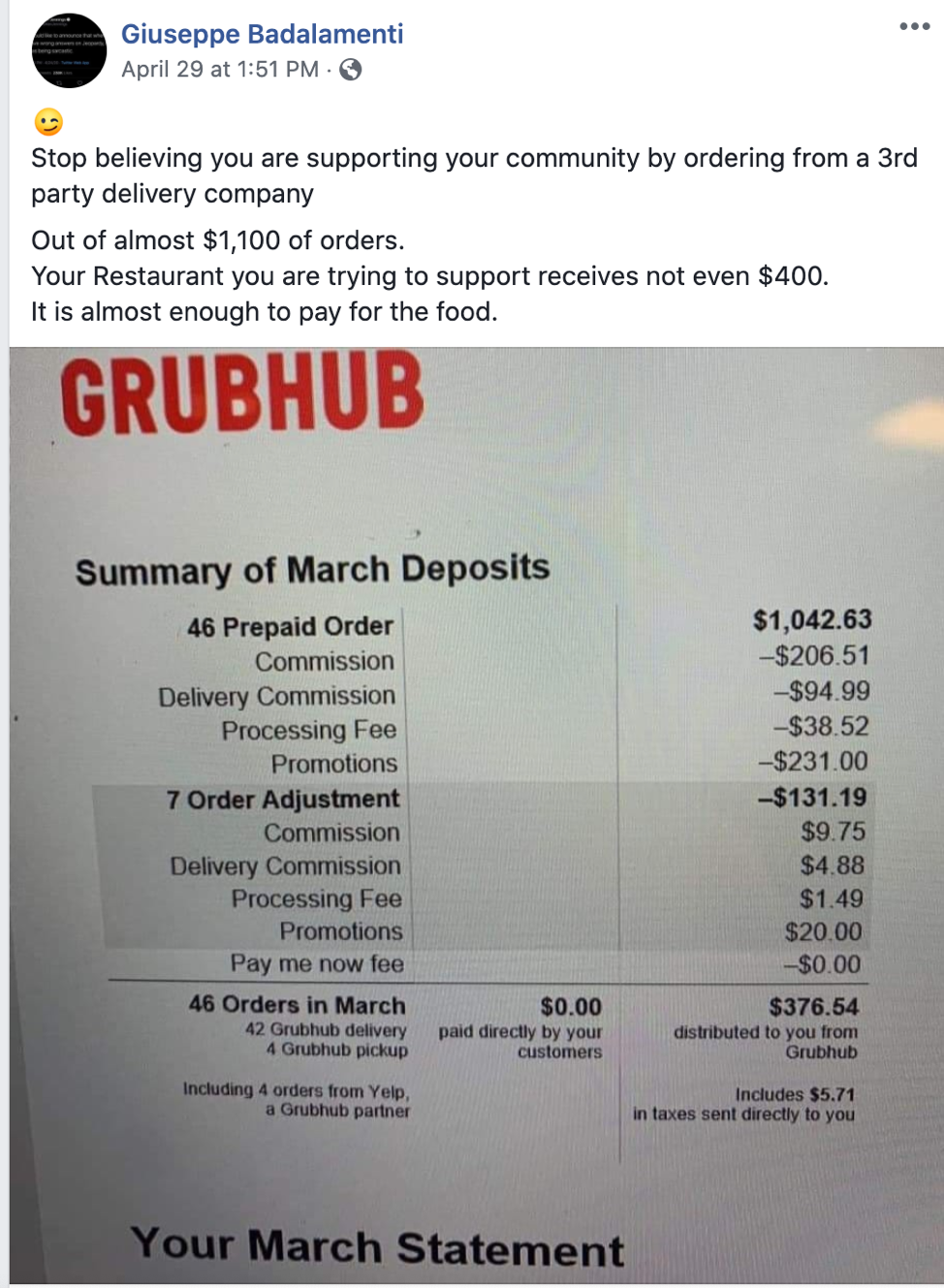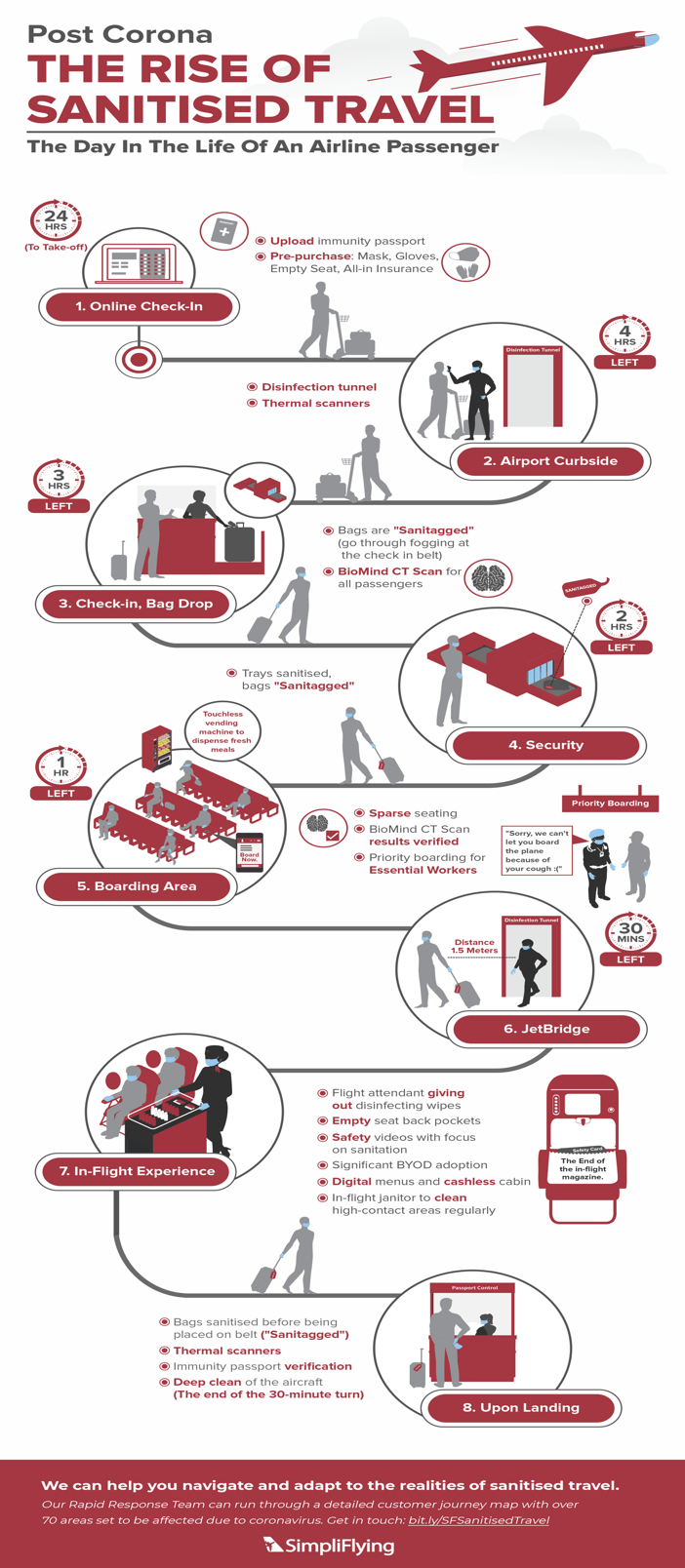 Covering COVID-19 is a daily Poynter briefing of story ideas about the coronavirus for journalists, written by senior faculty Al Tompkins. Sign up here to have it delivered to your inbox every weekday morning.
Covering COVID-19 is a daily Poynter briefing of story ideas about the coronavirus for journalists, written by senior faculty Al Tompkins. Sign up here to have it delivered to your inbox every weekday morning.
The pandemic shutdown is causing a logjam in courts that is piling on top of the normal holdups — trials and hearings are significantly delayed even in better days. I am seeing reports from around the country that should concern us all.
The National Center for State Courts is tracking how state courts are handling pandemic closures. As you can see from their map, some states have closed their jury trial schedules until well into the summer while others are slowly opening over the next two weeks.
The (Schenectady, New York) Daily Gazette said family court dockets there are jammed and will be for some time.
The social restrictions and economic shutdowns since mid-March — and now expected to continue into at least mid-May — mean a parent who is paying child support may have lost their job, and stay-at-home orders may interfere with joint child custody arrangements.
A parent could be concerned about a child being exposed to the virus if the other parent’s household includes a front-line health care worker, or having children staying at home because schools have all been adjourned could be imposing an unanticipated burden on one parent more than another. Some custody situations could involve grandparents, who are in the high-risk age group.
WWMT-TV reported on the situation in Battle Creek, Michigan:
When suspects in felony cases are arraigned, they have a right to a preliminary exam within 21 days.
“That’s creating a lot of problems bringing witnesses in to be able to testify to what happened. Even bringing people into the courtroom, a lot of people don’t want to come to court, they don’t want to be around anybody,” defense attorney (Caleb) Grimes said.
(Calhoun County Prosecutor David) Gilbert said when things do get back to normal, he’s expecting a logjam in the courts.
“It’s going to be quite the scene. It’s going to be pretty bad, I think. We have district court pretrials, and typically we have 20 to 30 at a time. We’re going to have hundreds. So, we’re short-staffed as far as attorneys are concerned anyway in Calhoun County. We’re going to need to dedicate a lot of attorneys just to do district court pretrials,” he said.
The Administrative Office of the U.S. Courts told federal courts this week to make their own decisions on when and how much to open but to listen to local authorities. That means a federal court in one state might be open to oral arguments but not in another city or state.
And the advisory said courts should brace for a flood of legal filings once law offices open back up. Many big law firms have laid off, cut pay and/or furloughed workers recently (here’s a list).
Nationwide, all immigration court hearings for those not detained were postponed until May 15. The Chicago Reader noted:
“Even before the coronavirus hit, the immigration court system was reeling under unprecedented backlogs, delays, and public outcry from lawyers and (the National Association of Immigration Judges), which represents over 400 of the judges at the nation’s 63 courts. Immigration courts now face over 1.1 million backlogged cases, a number that has skyrocketed under the Trump administration.”
These charts come from the Transactional Access Records Clearinghouse, a research center at Syracuse University’s School of Management:
When your gym goes bankrupt
You probably saw that Gold’s Gym just filed for bankruptcy.
Chapter 11 bankruptcy would allow the company to stay open while trying to work out deals to pay the lenders and vendors it owes. Gold’s, which owns more than 700 gyms worldwide, said “we are not going anywhere,” and that the company hoped it could be out of Chapter 11 by the end of August.
Golds is closing about 30 company-owned gyms in St. Louis, Colorado Springs and Alabama. But it says gym members in other areas who have prepaid memberships will not be affected.
Like Gold’s, LA Fitness and Planet Fitness suspended monthly dues while they were closed. But Vice pointed to gyms that have made it more difficult to leave contracts. A round of lawsuits may be changing those company’s minds.
When we go back to offices, will we have fewer useless meetings?
In my neverending quest to find some silver lining to the COVID-19 cloud, could it just be that we will reduce the number of useless meetings we attend? It would be in the name of avoiding unnecessary person-to-person contact, of course.
A study of 19 million meetings found that in 2019, U.S. businesses may have wasted $399 billion by holding useless meetings. (Now, let’s be careful, the study was conducted by Doodle, an online scheduling service, which obviously would like for us to use them to schedule our meetings.)
And while it makes sense that we might meet face-to-face less, there is some danger that the ease of calling a virtual meeting may lead to meeting inflation.
Where’s the beef, Wendy’s?
CNBC reported that a study by Stephens Inc. found more than a thousand Wendy’s restaurants (18% of the chain’s U.S. restaurants) have listed beef menu items in short supply because of supply chain interruptions caused by the closure of big meat processing plants around the country.
CNBC said, “Many restaurants in Ohio, Michigan, Tennessee and New York … are currently out of beef, while other states’ menus do not suggest there are any supply chain issues.”
What’s next? KFC without chicken?
What happens when only chain restaurants are left?
New York Magazine noted that big restaurant chains have the muscle to survive the pandemic but that even highly regarded private restaurants have notoriously bad fiscal spreadsheets. To my mind, there is nothing inherently wonderful about local restaurants and nothing inherently awful about chains. I am a Bob Evans and Ruby Tuesday kind of guy, I guess.
If you want your money to go to local restaurants…
The “Chicago Pizza Boss,” Giuseppe Badalamenti, posted an eye-opening invoice on his Facebook page along with a message:
“Stop believing you are supporting your community by ordering from a 3rd party delivery company. Out of almost $1,100 of orders, (the) restaurant you are trying to support receives not even $400. It is almost enough to pay for the food.”
Forbes recently wrote about the tensions between GrubHub and restaurants. Insider restaurant websites also talk about the uneasy partnership between third-party delivery companies and restaurants.
On one hand, GrubHub and Uber Eats and the like drive essential traffic to restaurants that are scratching for every dime right now. On the other, third-party delivery services charge so much that restaurants like Badalamenti’s say they barely earn anything from sales. Third-party companies sometimes charge up to 30% in service fees.
But the alternative is that restaurants hire a fleet of delivery vehicles, like Jimmy John’s, and that is not the business a small restaurant owner wants to be in right now.
Air travel might be more interrupted than after 9/11
I don’t remember what I said would happen to air travel after 9/11, but I probably underestimated how much it would change. I have the same feeling now with post-COVID-19 travel when I see forecasts like this one from SimpliFlying.com, which bills itself as “the world’s leading aviation marketing consulting firm.”
SimpliFlying predicts that it will soon take four hours to get through the process of boarding a plane. It suggests you will need to show you have “immunity” and will go through some sort of scanning tunnel (which might be the jet bridge), where somebody checks your temperature (it is already happening internationally) and the airline sanitizes your bags. Pre-flight safety instructions will include a sanitization video and you will only use your own devices to watch in-flight movies. Once you land, somebody will check your “immunity” again. It all seems like way more than I can imagine people will tolerate.
Bloomberg summarized the changes ahead this way: “Higher fares, fewer routes, pre-flight health checks and less free food: The coronavirus pandemic is ushering in a new era of air travel.”
The International Air Transport Association’s survey found 40% of recent travelers plan to wait at least six months after the virus is contained before they will fly again. That would put us well into 2021. The IATA survey found:
60% anticipate a return to travel within one to two months of containment of the COVID-19 pandemic but 40% indicate that they could wait six months or more
69% indicated that they could delay a return to travel until their personal financial situation stabilizes
On Friday, JetBlue said it was averaging 12 passengers per plane and asked the federal government for permission to temporarily stop flying to Hartsfield Jackson Atlanta International, Charlotte Douglas International, Chicago O’Hare International Airport, Dallas/Fort Worth International Airport, Denver International Airport, Detroit Metro Airport, George Bush Intercontinental in Houston, McCarran International in Las Vegas, Minneapolis-St. Paul International, Nashville International, Philadelphia International, Phoenix Sky Harbor, Portland International, San Diego International, Seattle-Tacoma International and Tampa International. Without a doubt, airlines will have a big task ahead reeducating and assuring customers that air travel is safe.
I wonder if all of this air travel hassle will boost train travel. I could imagine myself choosing to drive eight or 10 hours rather than going through all of the stuff SimpliFlying is suggesting.
Climate change is unaffected by the pandemic slowdown
Do we have the capacity to pay attention to multiple stories with gravity at once?
The end of another month is an opportunity to look at the data and we see, so far, that 2020 is on track to be the warmest year since scientists started keeping temperature records.
It is true that COVID-19 caused a shutdown that emptied factories, parked cars and cleared polluted skies. It has done nothing to slow climate change. To do that, we need longterm changes.
The Guardian quoted Karsten Haustein, a climate scientist at the University of Oxford:
“The climate crisis continues unabated,” Haustein said. “The emissions will go down this year, but the concentrations keep on rising. We are very unlikely to be able to notice any slowdown in the built-up of atmospheric (greenhouse gas) levels. But we have the unique chance now to reconsider our choices and use the corona crisis as a catalyst for more sustainable means of transport and energy production (via incentives, taxes, carbon prices etc).”
We’ll be back tomorrow with a new edition of Covering COVID-19. Sign up here to get it delivered right to your inbox.
Al Tompkins is senior faculty at Poynter. He can be reached at atompkins@poynter.org or on Twitter, @atompkins.


